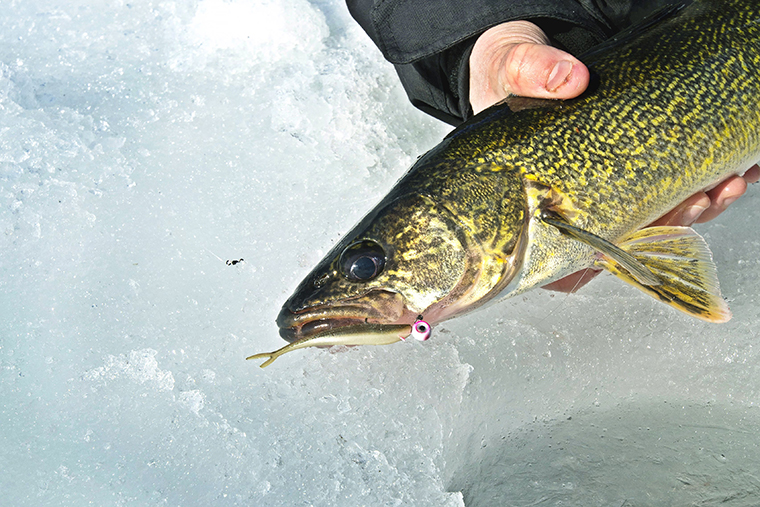
Ice fishing walleye during the day is typically a finesse game. Compared to their dawn and dusk feeding binges, daytime walleye are less active and more reluctant to chase a lure.
The good news is fussy walleye are catchable with the right approach. Here are six finesse tactics to consider the next time you’re dealing with cranky, daytime walleye.
Fish in the strike zone
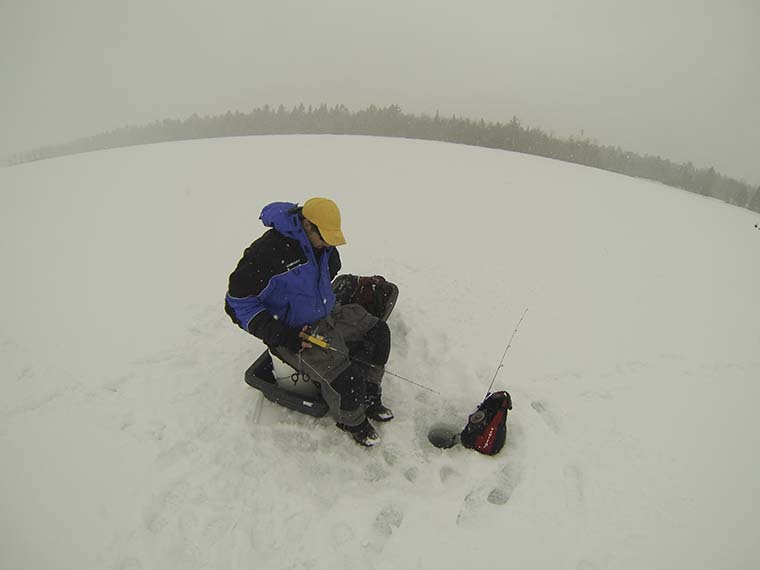 Inactive walleye have a small strike zone. This window is also typically wider than it is high. This means a curious walleye is more apt to swim over several feet to look at a lure near the floor than swim upwards to chase a meal.
Inactive walleye have a small strike zone. This window is also typically wider than it is high. This means a curious walleye is more apt to swim over several feet to look at a lure near the floor than swim upwards to chase a meal.
The lesson: frequently jig near bottom. It’s here where the bulk of the action is going to unfold.
Trust your tech
As walleye hold near bottom when not aggressively feeding, it’s important to study your fish finder’s display. Watch the entire band of the bottom for any flickers or colour changes. These variations are clues a fish is swimming tight to the floor within the sonar’s cone. Break out your A-game and odds are good you can finesse these bottom-hugging fish to bite.
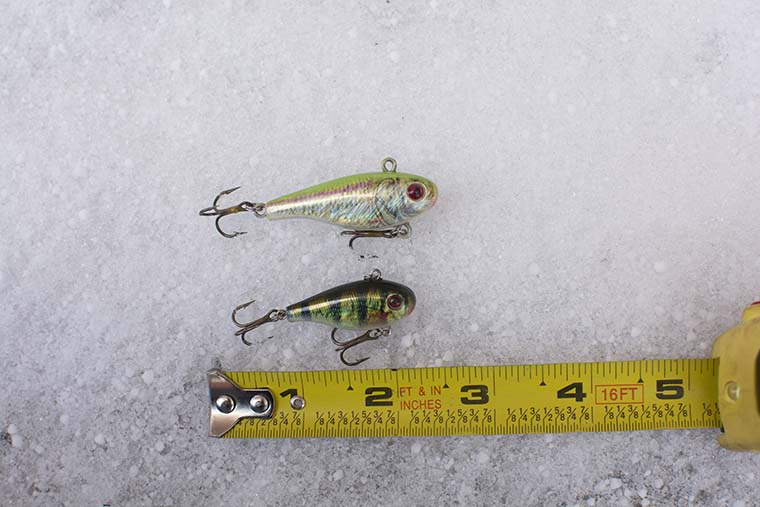 Downsize and switch baits
Downsize and switch baits
It’s easier to get an inactive walleye to bite a small bait than a big lure. When the sonar displays a fish hesitant to strike a bait, change the presentation.
Downsizing is a good first step. Dropping from a 2-inch to a 1-1/2-inch darter, spoon, or jigging minnow can turn lookers into biters.
Sometimes the secret’s switching from a hard-bait to a soft plastic. For example, lightly jigging a plastic minnow quivers its finesse tail, displaying a nervous action walleye can’t resist.
Tip lures with bait
 Tipping a lure is always wise when walleye are inactive. The scent and taste of minnow meat is irresistible to choosy fish.
Tipping a lure is always wise when walleye are inactive. The scent and taste of minnow meat is irresistible to choosy fish.
Hook bait securely. Nibbling walleye are experts at stealing lightly hooked minnows without getting hooked themselves. The naked, tasteless lure then becomes unappealing and a once-interested fish swims away with a free snack.
A way around this problem is tipping a treble hook with two to three small minnows (or their heads) instead of one. This keeps the lure baited longer, giving you another chance to hook a thieving walleye on a return visit.
Jig lightly
Fussy walleye respond best to moderate and light jigging. Use a pencil grip to hold the rod. A short, downward nod of the rod, a shake, and a pause are good strike-triggering moves. Match jigging strokes to a walleye’s movements and speed as seen on the sonar.

Gear up
Finessing walleye is easier with proper equipment. The following gear is recommended:
- A medium-light to light graphite rod with a sensitive tip is excellent for jigging finesse baits and feeling soft bites.
- No-stretch, 10- to 15-pound braid increases sensitivity. Use an 18-inch fluorocarbon leader for stealth.
- A swivel prevents line twist. A twirling lure is unnatural and turns off walleye.
- Dull hooks lose fish. Sharpen points often. Upgrade inferior hooks with sharp ones.
- A stinger hook added to a jig or a spoon helps stick light biters.
Try the above tips for fussy walleye and you’ll put plenty of fish on the ice during the midday doldrums.
Get can’t miss ice-jigging lure options here.


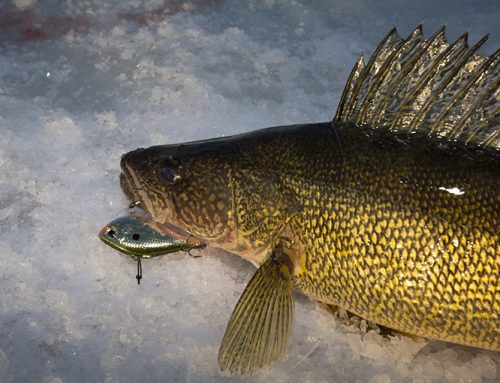
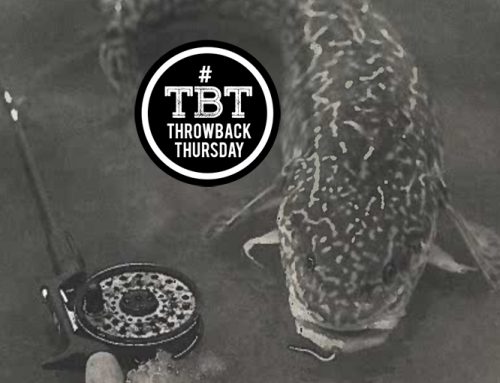
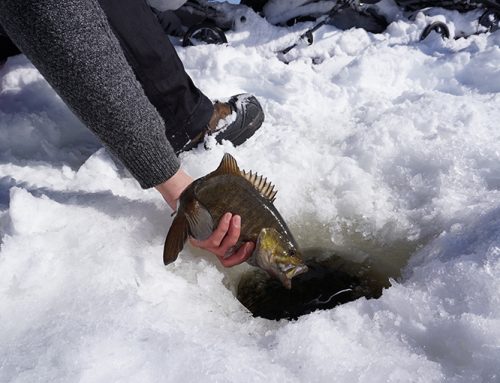
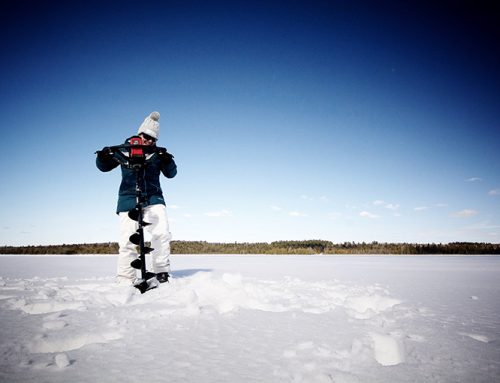
Between Toronto & St. Thomas
Where is the best place in southern ON for ice fishing(also time of year)?
WALLEYE What type of bait or lure.
Thank you
Tom
PSS Any more info will be appreciated